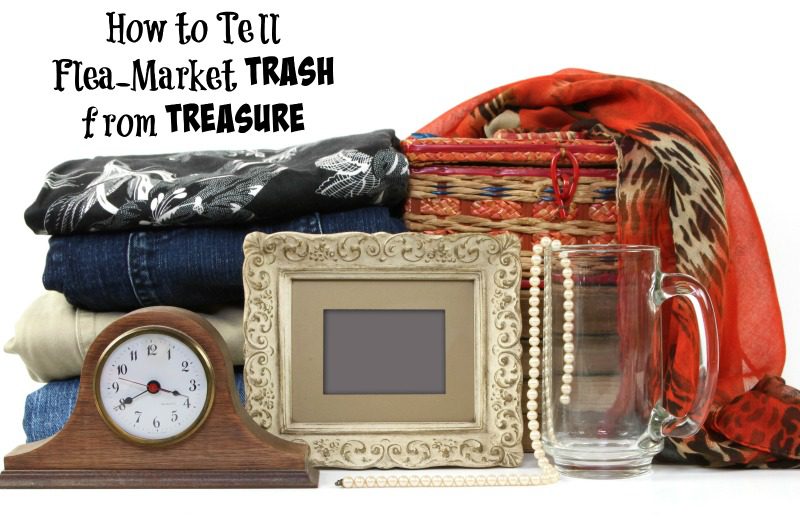The flea market is a fun and exciting place that offers an experience like no other. It’s like an organized garage sale where you can get handcrafted items that are unavailable anywhere else in the world, or great second-hand items at incredibly fair prices. But, not all items are of authentic quality – so how are you supposed to know the difference?
Don’t Be Afraid to Get Dirty
There’s a reason that your local flea market offers such great prices when compared to brick-and-mortar retail stores. They’re dirty, dusty and often unorganized – but that’s part of the fun of treasure hunting! Would Indiana Jones have found the Ark if he was scared of getting messy? Okay, so you might not find an ancient priceless treasure, but you can still find great items, if you aren’t afraid to go rooting around the merchant’s booths.
It’s tempting to just window shop the surface of a booth, only looking at the items that are pretty, clean and right up front. Resist this urge. Dive in. Be like Indiana Jones.
Observe every piece of furniture patiently. Dig deep into the stacks of rugs and sea of side tables and chairs. Teach yourself to find the mahogany end table that’s resting under the rotten books. The best pieces are probably going to be hidden right in front of you.
Look for Good Bones
Just because an antique chair has a hideous fabric design on it, doesn’t mean that you should pass on it. Quality furniture will have beautiful features that are different from the finishing touches on it. Take an old dining room chair, for instance, maybe it has a ratty or torn fabric seat but how has the woodwork held up? If you were to replace the fabric or foam padding or paint, could it be made to be great again?
The fabric, paint, upholstery and wood finish don’t really matter when looking at furniture. The piece’s “bones” (what is underneath all of that stuff) – is what matters. You can change the upholstery, strip the paint, refinish the wood. These features are superfluous to the skeleton of the piece and can be altered; however, the bones cannot be changed.
Buy Quality
So, all of these tips are good practice for when you find something great – but, how will you know what is quality? When inspecting vintage pieces, ask yourself these questions:
When this piece was new, was it expensive?
The actual value of a dollar inflates over time, but something classified expensive usually remains that way. If it was a trendy piece that could be tossed after a season’s use back when it was made, it’s likely to not have changed much.
Was it made with quality materials?
Has it been well-constructed? Is it made of sturdy solid wood? Was it put together in a way that it won’t break easily? If it feels rickety, keep inspecting – it might just need some screws to be tightened, or maybe it just needs to be dumped. A low quality build is unfixable.
Is it brand name?
Get in there and really start looking around for the maker’s mark on the piece. They could be inside the drawers of a dresser or under the tabletops. Use the internet to research any information on the creator that you can find to see if it is collectible or valuable.
Now, you don’t absolutely have to buy something that’s quality. With a little bit of inspiration, something that might be considered junk to most people can be upcycled into something awesome for your home!





